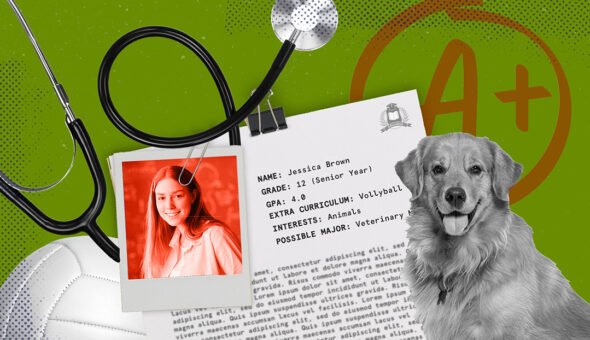Attractiveness of AI in Admissions
Admissions offices have been using AI for some time in the form of chatbots to answer general questions. However, the technology is expanding into more complex corners of the admissions process, explained Dr. Diane Gayeski, a professor of strategic communication at Ithaca College.
A September 2023 survey by Intelligent.com of 399 education professionals with in-depth knowledge of their schools’ admissions processes found that half of the schools were already using AI in their admissions offices. Additionally, 82% said their offices would be using it by 2024. Efficiency was cited as the top reason for AI’s use.
Dr. Stephen Keller, senior director of undergraduate admissions at Gonzaga University, believes AI is here to stay. For that reason, he said, admissions professionals will start to utilize it as a tool.
“In much the same way that a calculator speeds up the mundane calculations of mathematics to allow time for higher level thinking, AI has the very real potential to speed up administrative tasks in offices of admissions,” Keller said. “Gonzaga’s Office of Admission is always looking for ways to spend less time with processes so that we might spend more time with people.”
Selective institutions continue to struggle with the volume of applications they receive and the complexities of holistic reviews, said Jerome Lucido, professor of clinical practice at the USC Rossier School of Education and scholar-in-resident at the USC Center for Enrollment Research, Policy and Practice.
“They seek ways to streamline the process, without removing the human element, through the use of AI,” Lucido explained.
Dr. Royel Johnson, associate professor at USC Rossier School of Education and director of the National Assessment of Collegiate Campus Climates in the USC Race and Equity Center, agreed with Lucido on why institutions find the use of AI attractive.
“AI significantly enhances efficiency in admissions by rapidly processing applications and automating tasks,” he said.








